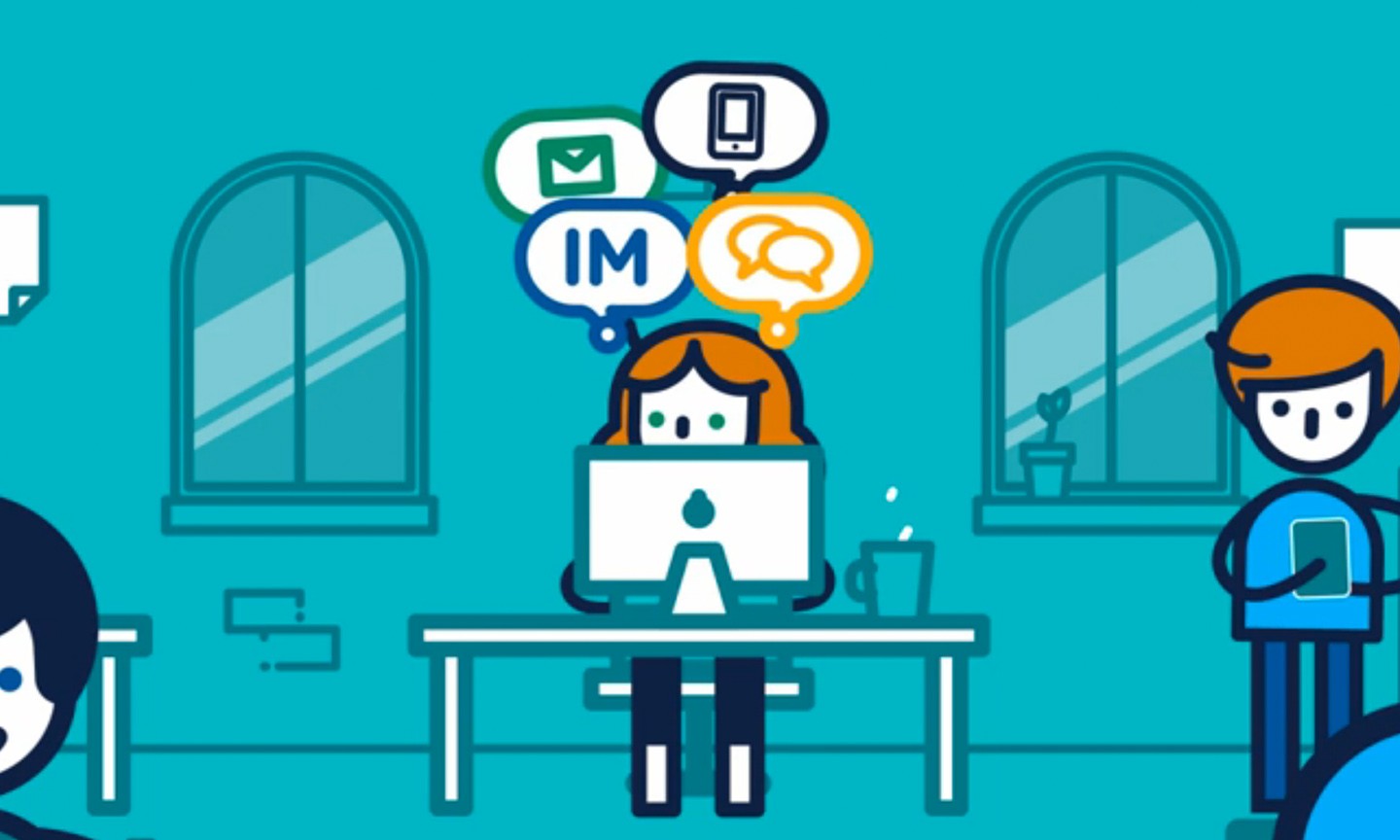How to Harness Collaborative Learning for Constructive Disruption

Learn how collaborative learning can help organizations respond to constructive disruption and also to seize opportunities to disrupt entire markets - and their competition!

Producing good content is hard. It's why Netflix will pay $100m for a web series and two comedy specials from Jerry Seinfeld. Producing good learning content that competes for the attention of people who could otherwise easily access Jerry's web series and specials, and doing it on relatively tiny budgets is really, really hard.
Digital Learning has always had a content problem. The quality has historically been...variable. SCORM content, experiences that are little more than PowerPoints, videos like this, are all too common. Learning content has not been as engaging as it should be. That was OK for a while, when merely the convenience of being able to learn online was enough for the learner to use it. But when users can binge watch BoJack Horseman on their iPhone while flicking through Instagram posts of funny cats, weak content (of any type; learning, news, entertainment, advertising) will be ignored.
Given it's so hard, should we even try? Is it possible to develop engaging and effective digital learning experiences, without producing content (or even without content at all)?
This is what many companies in the digital learning industry, especially new entrants backed by big venture capital money (since, in their eyes, content doesn't scale well), seem to be trying to do. In some cases it's by aggregating other people's content; in others it's by attempting to create learning environments or networks that depend on peer-to-peer learning.
The latter approach seems interesting. Companies like Everwise (which does also have some content, but it's greatly de-emphasized) are creating interesting peer-to-peer learning experiences that have the potential to be very effective.
The former approach is doomed in the long term because many companies that depend on content never address the reality that most learning content is not engaging. Vendors can build nice interfaces and create interesting or personalized ways for users to navigate through vast libraries of content, but it won't matter if the content remains sub-standard. So called "learning experience platforms" are only better than their predecessors, the LMS, in their surface user experience (navigation, mobile access, etc).
It's possible that learning networks or peer-to-peer learning environments will thrive and offer a credible solution to the content challenge. But if your digital learning experience ultimately depends on great content for meaningful learning outcomes, shying away from the content challenge isn't a viable option.
Check out Nomadic's learning content, produced by award winning filmmakers, writers and artists, by signing up a for demo today.

Learn how collaborative learning can help organizations respond to constructive disruption and also to seize opportunities to disrupt entire markets - and their competition!

Adapt quickly or die is the new skill organizations need today. Pithy, simple, sure--but much easier said than done.

Combining informal, personalized learning with team-based structured learning.